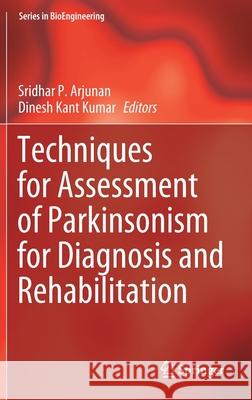Techniques for Assessment of Parkinsonism for Diagnosis and Rehabilitation » książka
topmenu
Techniques for Assessment of Parkinsonism for Diagnosis and Rehabilitation
ISBN-13: 9789811630552 / Angielski / Twarda / 2021 / 167 str.
Techniques for Assessment of Parkinsonism for Diagnosis and Rehabilitation
ISBN-13: 9789811630552 / Angielski / Twarda / 2021 / 167 str.
cena 645,58
(netto: 614,84 VAT: 5%)
Najniższa cena z 30 dni: 616,85
(netto: 614,84 VAT: 5%)
Najniższa cena z 30 dni: 616,85
Termin realizacji zamówienia:
ok. 22 dni roboczych
Bez gwarancji dostawy przed świętami
ok. 22 dni roboczych
Bez gwarancji dostawy przed świętami
Darmowa dostawa!
Kategorie BISAC:
Wydawca:
Springer
Seria wydawnicza:
Język:
Angielski
ISBN-13:
9789811630552
Rok wydania:
2021
Wydanie:
2022
Numer serii:
000042120
Ilość stron:
167
Waga:
0.43 kg
Wymiary:
23.39 x 15.6 x 1.12
Oprawa:
Twarda
Wolumenów:
01
Dodatkowe informacje:
Wydanie ilustrowane











